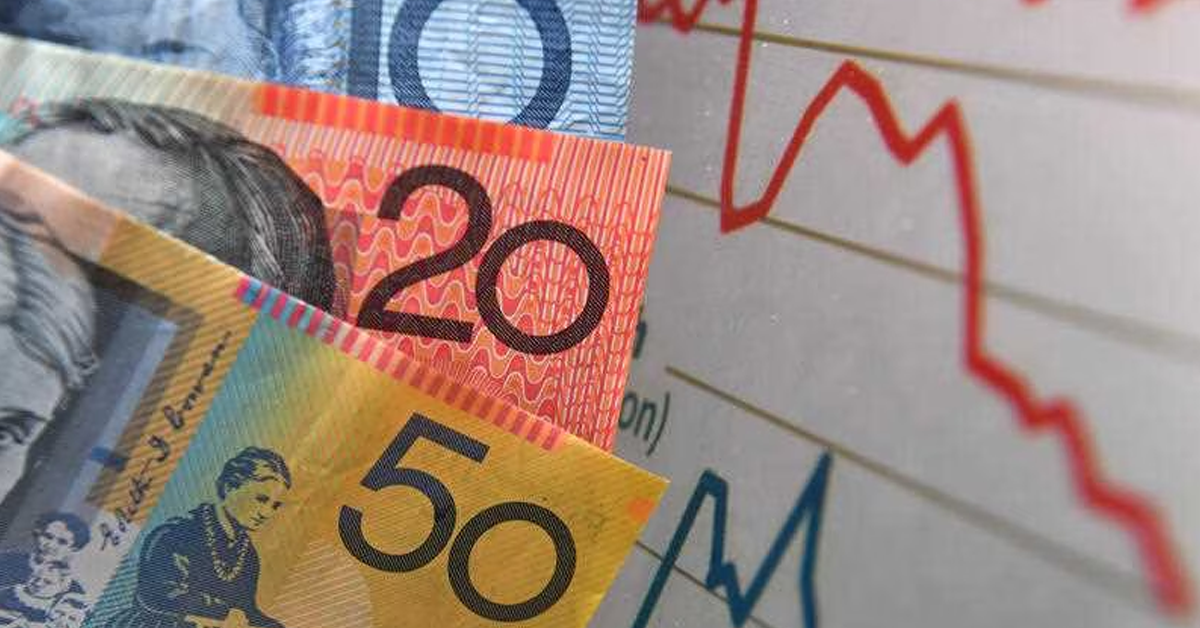Australian Dollar Rises as Higher Inflation Lowers RBA Rate Cut Odds
The Australian Dollar (AUD) has gained traction following the release of May’s Monthly Consumer Price Index (CPI), which came in higher than expected. This persistently high inflation poses a challenge to the Reserve Bank of Australia’s (RBA) potential rate cuts, thereby providing support to the Aussie Dollar and underpinning the AUD/USD pair.
RBA Assistant Governor Christopher Kent highlighted on Wednesday the importance of vigilance regarding potential inflation increases. Kent emphasized that current policies are effectively contributing to slower demand growth and lower inflation. He also noted that the RBA is keeping all options open concerning future interest rate adjustments, as reported by Bloomberg.
This rise in the AUD comes as the US Dollar remains steady after posting gains on Tuesday. Investors are cautious ahead of significant US economic data releases later this week. The revised US Gross Domestic Product (GDP) for the first quarter (Q1) is set to be released on Thursday, followed by the Personal Consumption Expenditure (PCE) Price Index on Friday. These data points are critical as they will provide insights into the health of the US economy and influence the Federal Reserve’s monetary policy decisions.
The stronger-than-expected CPI data in Australia reflects ongoing inflationary pressures, which complicates the RBA’s policy path. With inflation remaining high, the central bank may be less inclined to cut interest rates, a factor that supports the AUD. Investors are now weighing the implications of these inflation figures on future RBA decisions, particularly in the context of global economic uncertainty.
In the US, the market is anticipating the GDP and PCE Price Index data to gauge the Federal Reserve’s next moves. A robust GDP report could reinforce the case for a continued pause in rate hikes, whereas a weaker report might revive expectations for potential easing. Similarly, the PCE Price Index, being the Fed’s preferred measure of inflation, will be closely watched. A higher reading could lead to a more hawkish stance from the Fed, while a lower figure might ease some inflation concerns.
Overall, the interplay between the Australian and US economic data is creating a dynamic environment for the AUD/USD pair. As traders digest these developments, the focus remains on central bank policies and their responses to inflationary pressures. The outcome of this week’s economic reports will be crucial in shaping the near-term direction of both currencies.











